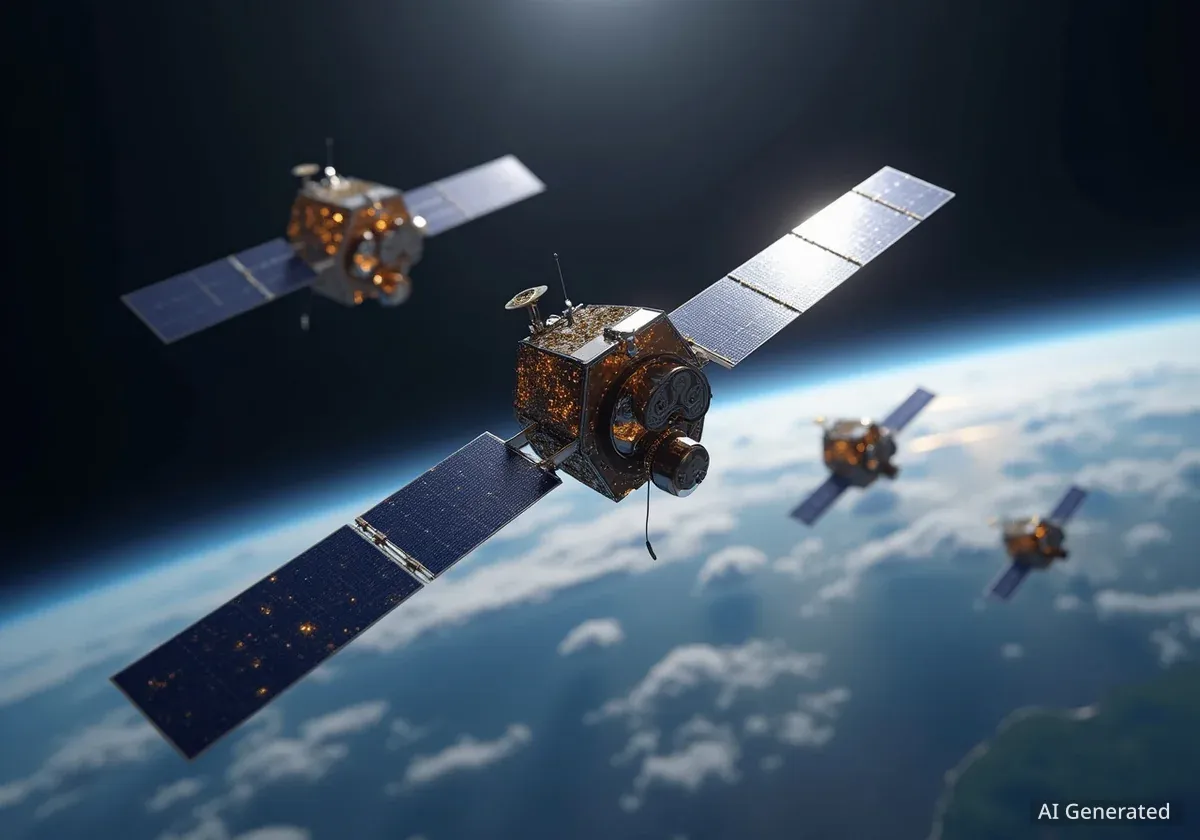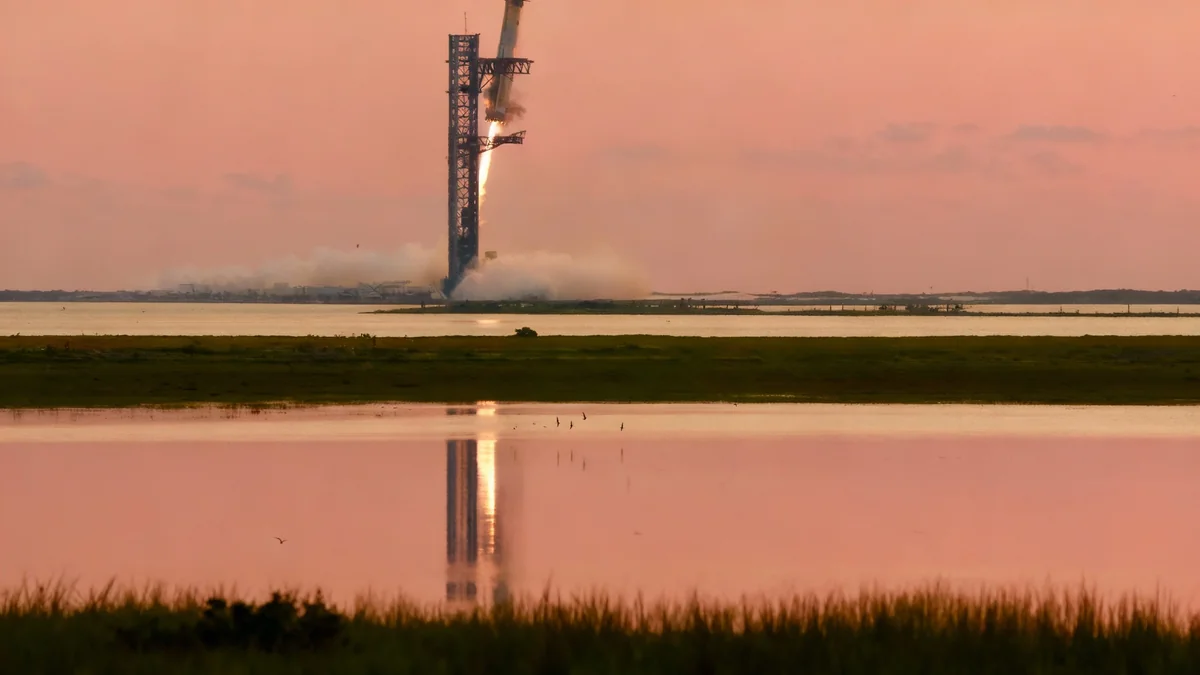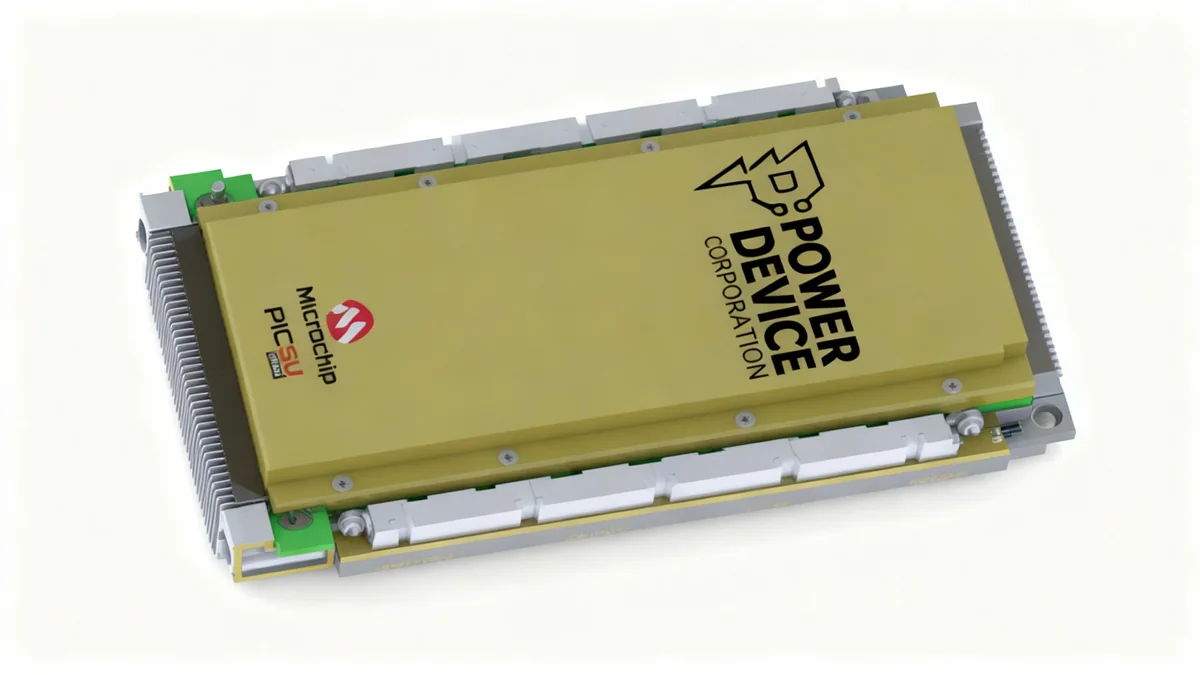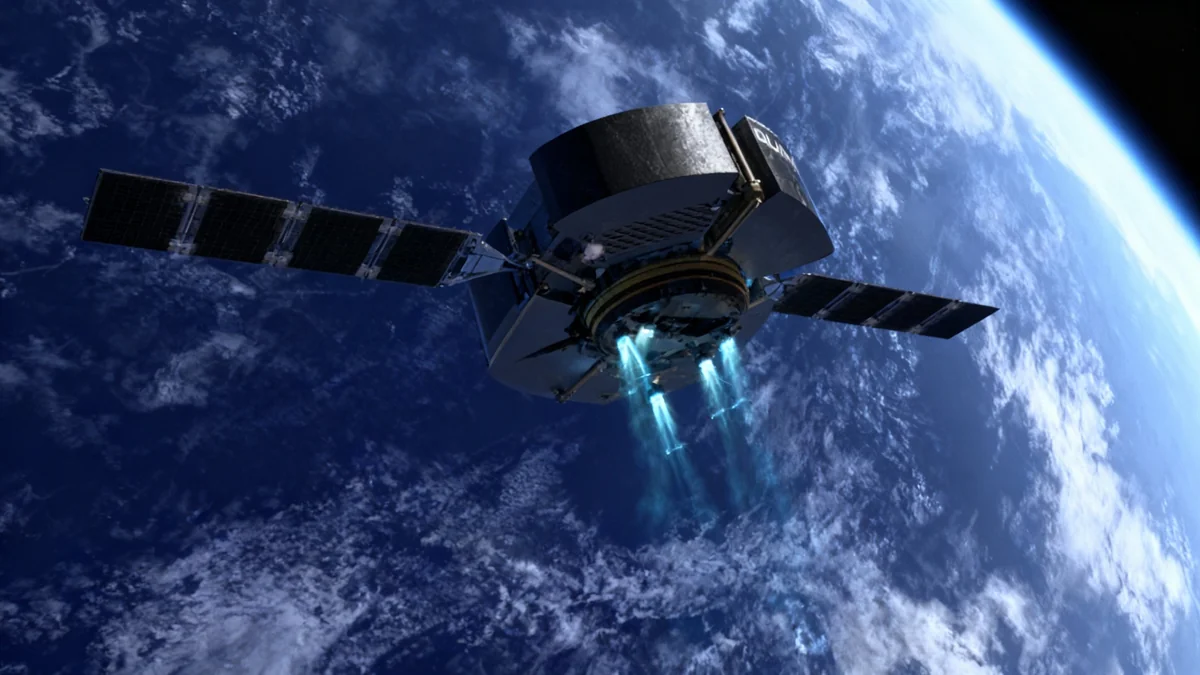NASA has awarded funding to Scout Space and Slingshot Aerospace to develop an autonomous system designed to help satellites independently avoid collisions in orbit. The contract, part of the Small Business Innovation Research (SBIR) program, aims to address the growing risks posed by orbital debris and increasing satellite traffic.
The project will combine on-board sensors with ground-based data to create a comprehensive space traffic management framework, reducing the need for constant human intervention and enabling faster responses to potential threats.
Key Takeaways
- NASA has awarded a Small Business Innovation Research (SBIR) Phase I contract to Scout Space and Slingshot Aerospace.
- The funding supports the development of an autonomous system for satellites to detect and avoid orbital collisions.
- The technology combines Scout's on-orbit optical sensors with Slingshot's ground-based global sensor network.
- The goal is to reduce reliance on human operators and enable faster, more precise collision avoidance maneuvers.
The Growing Challenge of Orbital Congestion
The environment surrounding Earth is becoming increasingly crowded. In recent years, the number of active satellites has grown exponentially, driven by large-scale commercial constellations and government missions. This surge in traffic adds to a pre-existing problem: decades of accumulated space debris from past launches, defunct satellites, and fragmentation events.
This orbital congestion significantly increases the risk of catastrophic collisions. A single impact can create thousands of new pieces of debris, each capable of damaging or destroying other spacecraft, setting off a chain reaction that could render certain orbits unusable.
A Crowded Environment
According to the European Space Agency, there are an estimated 36,500 pieces of debris larger than 10 cm, 1 million objects between 1 cm and 10 cm, and over 130 million objects from 1 mm to 1 cm currently in orbit around Earth.
Current methods for tracking and avoiding these threats rely heavily on ground-based radar and optical systems. While effective, these systems have limitations. There can be delays in data processing and communication, and coverage is not always continuous. For a satellite operator to receive a warning, analyze the risk, and command a maneuver, valuable time is lost.
NASA's Investment in Proactive Space Safety
To foster innovation in this critical area, NASA has invested in new technologies through its SBIR program. The contract awarded to Scout Space and Slingshot Aerospace is part of a larger initiative that distributed $44.85 million across nearly 300 small businesses in the United States. This program is designed to support early-stage research and development with the potential for significant technological and commercial impact.
By funding this project, NASA is supporting a shift from a reactive to a proactive approach to space safety. The agency recognizes that as space becomes more commercialized and contested, automated systems will be essential for protecting valuable orbital infrastructure.
About the SBIR Program
The Small Business Innovation Research (SBIR) program is a highly competitive U.S. government program that encourages domestic small businesses to engage in Federal Research/Research and Development (R/R&D) with the potential for commercialization. It provides funding in phases, with Phase I focused on establishing the technical merit and feasibility of an idea.
A Hybrid System Combining Space and Ground Data
The solution proposed by Scout and Slingshot is unique because it merges two different sources of information into one cohesive system. This hybrid approach is designed to create a more accurate and responsive space traffic management architecture.
Scout's On-Orbit Autonomy
Scout Space is developing the on-board component of the system. This involves equipping satellites with advanced optical sensors and powerful processing software. This technology gives a satellite the ability to "see" its surroundings in real time. The on-board software can then perform collision analysis independently, without waiting for instructions from a ground station. If a threat is detected, the satellite can autonomously execute an avoidance maneuver.
"Scout and Slingshot are building a space traffic management architecture to enhance awareness and safety on orbit, scale with the growing orbital population, and reduce human-in-the-loop time," said Jordan Maxwell, Scout’s Director of Research & Development.
Slingshot's Ground-Based Expertise
Slingshot Aerospace provides the crucial ground-based data layer. The company operates a Global Sensor Network that constantly monitors the orbital environment. This network provides a broad, persistent view of objects in orbit, including those that might be outside the immediate view of a satellite's on-board sensors.
By feeding this comprehensive data to Scout's on-board system, the satellite gains a much richer understanding of its environment. This allows for more precise predictions and earlier warnings of potential collisions.
Building a More Resilient Orbital Framework
The integration of these two technologies promises a significant leap forward in space safety. Instead of relying on a single source of truth, the system uses fused data from both space and ground to make faster and more intelligent decisions.
Tim Solms, CEO of Slingshot Aerospace, highlighted the benefits of this collaborative approach. "This collaboration combines Scout’s on-orbit autonomy with Slingshot’s AI-powered space data and analytics to create a truly adaptive, resilient space traffic management framework," he stated. Solms added that this fusion enables "faster decisions, improved safety, and greater operational advantage in the increasingly contested space domain."
If successful, this project could establish a new standard for space operations. Satellites would no longer be passive objects waiting for commands but would become active, intelligent agents capable of ensuring their own safety. This shift is critical for the long-term sustainability of activities in low Earth orbit and beyond, protecting everything from communication networks and scientific missions to future human spaceflight endeavors.





